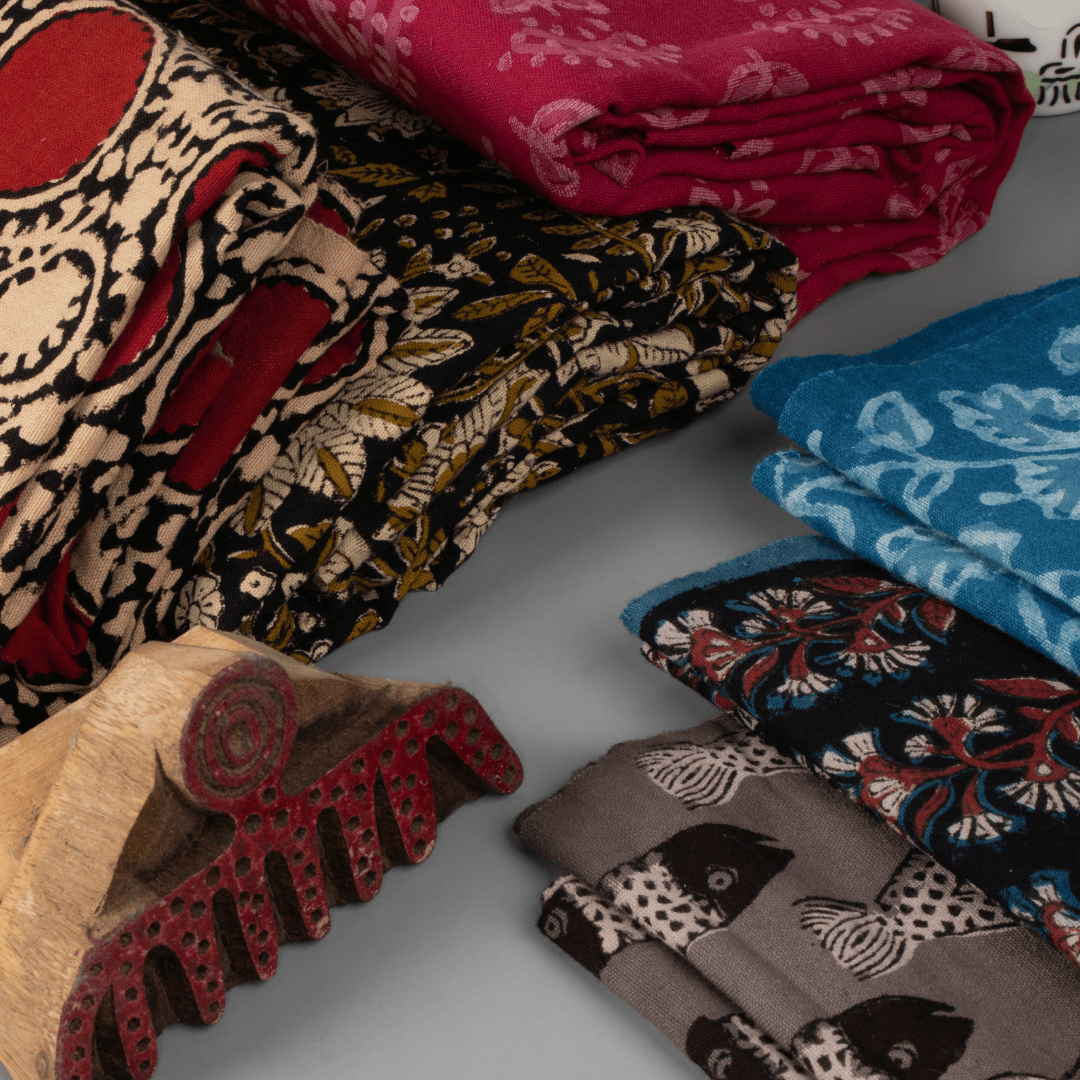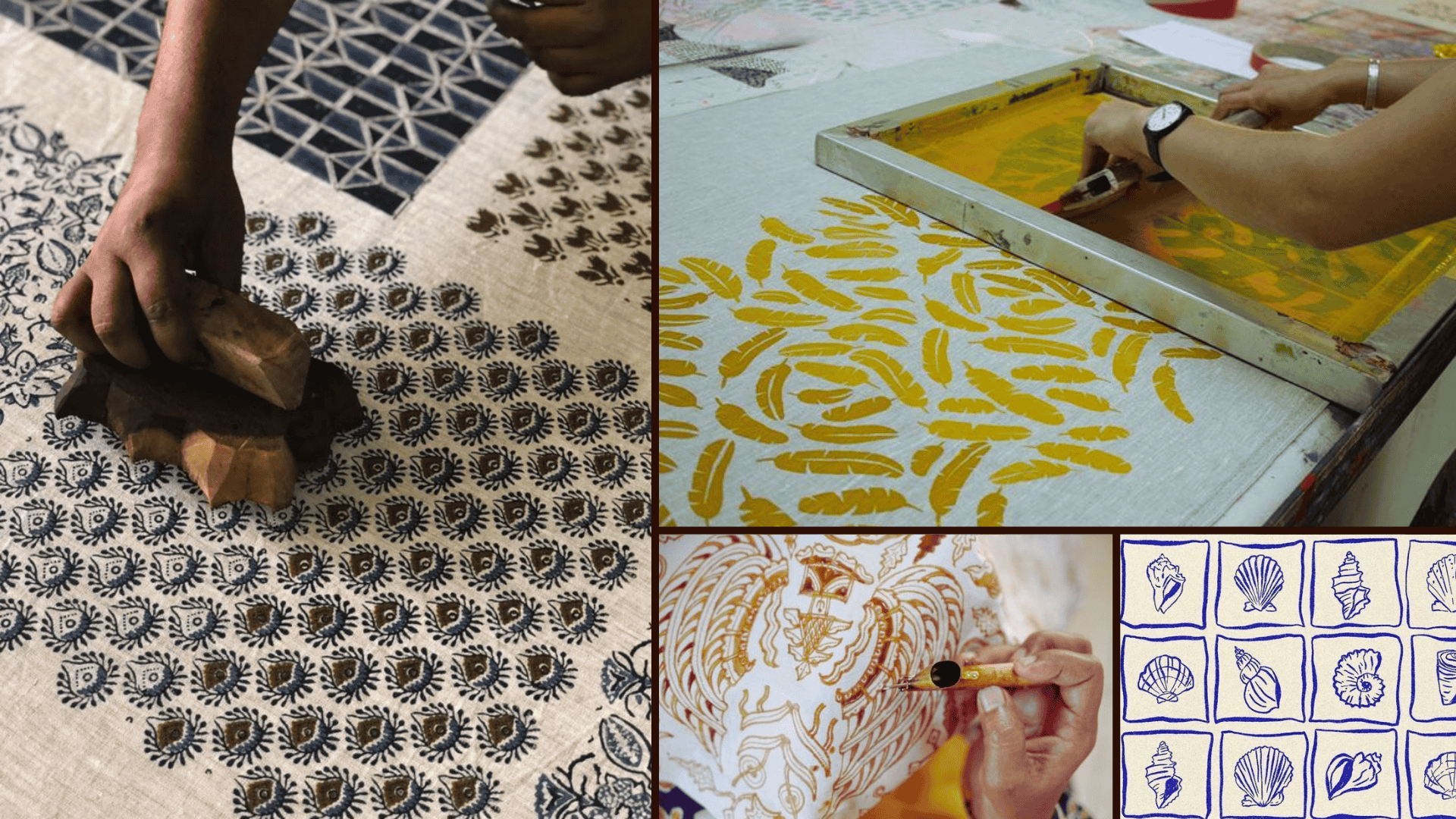
Exploring How To Textile Print: Hand Block Printing, Screen Printing, Batik Printing And Digital Printing

In the world of textile design, prints are more than decoration—they’re storytelling in motion. Textile printing transforms plain cloth into a story, a statement, or a masterpiece. Each technique, from the precision of digital print to the soulfulness of hand block printing, screen printing and batik print, offers a different language of expression.
As conscious consumers and designers seek greater meaning behind materials, understanding and exploring how to Textile Print, where each brings its own unique character, process, and aesthetic to the world of fashion and home textiles.
Let’s dive into four of the most prominent surface printing techniques and how they shape the look, feel, and soul of fabric.
1. Hand Block Printing: Tradition in Every Impression
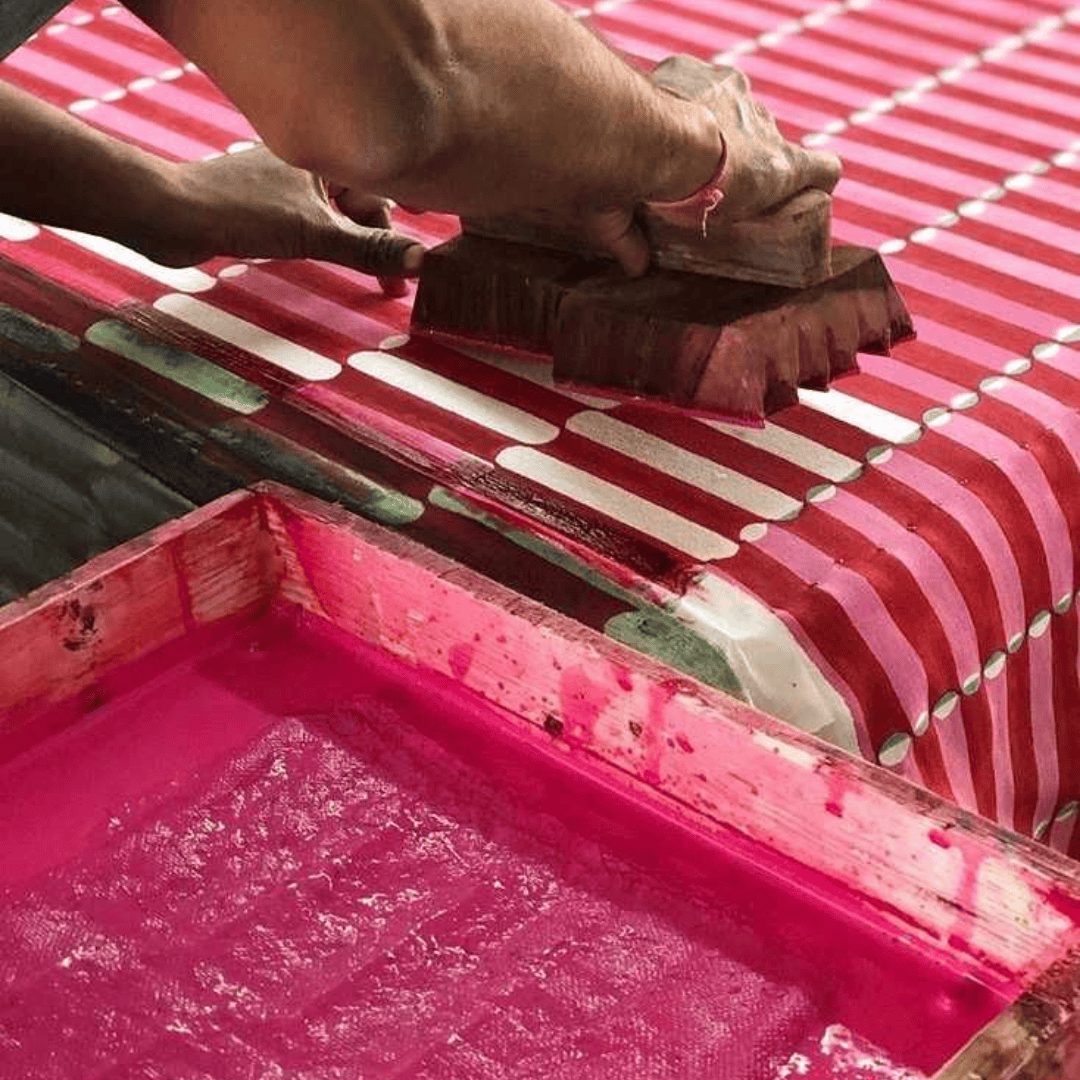
What it is: One of the oldest methods of textile printing, with roots tracing back thousands of years across India, China, and Egypt.
How to Textile Print: Designs are first meticulously carved onto wooden blocks, then those carved wooden blocks are dipped in dye and pressed onto fabric by hand, repeating the motif to create continuous patterns. Each color in the design requires a separate block.
Why it stands out:
- Reflects artisan skill and historical legacy
- Each piece carries imperfections that add character
- Natural dyes and hand processes lower environmental impact
- Labor-intensive but deeply human and tactile
Where it fits:
Ideal for those seeking authentic, slow-made pieces with visible craftsmanship—each repeat is a fingerprint of the maker.
Anuprerna's Curated Pieces:
Our skilled artisans who hand-carve and print each block—bringing a rustic charm and tactile texture that no machine can replicate. Our collections use azo-free or natural dyes for responsible color application.
2. Batik Print: Wax-Resist as a Form of Art
Originating in Indonesia (particularly Java, where it's a UNESCO Intangible Cultural Heritage), Batik Print is celebrated globally for its intricate and one of the fabric printing types.
What it is: A resist-dyeing technique where hot wax is applied to fabric, which is then dyed. The wax resists the dye, creating organic, crackled patterns.
Why it stands out:
- Creates fluid, painterly effects unlike any other method
- Deeply expressive with a distinct cultural heritage
- Fully hand-done, offering a one-of-a-kind aesthetic
Where it fits:
Perfect for statement pieces, scarves, or resort wear—where the flowing, unpredictable nature of batik feels most alive.
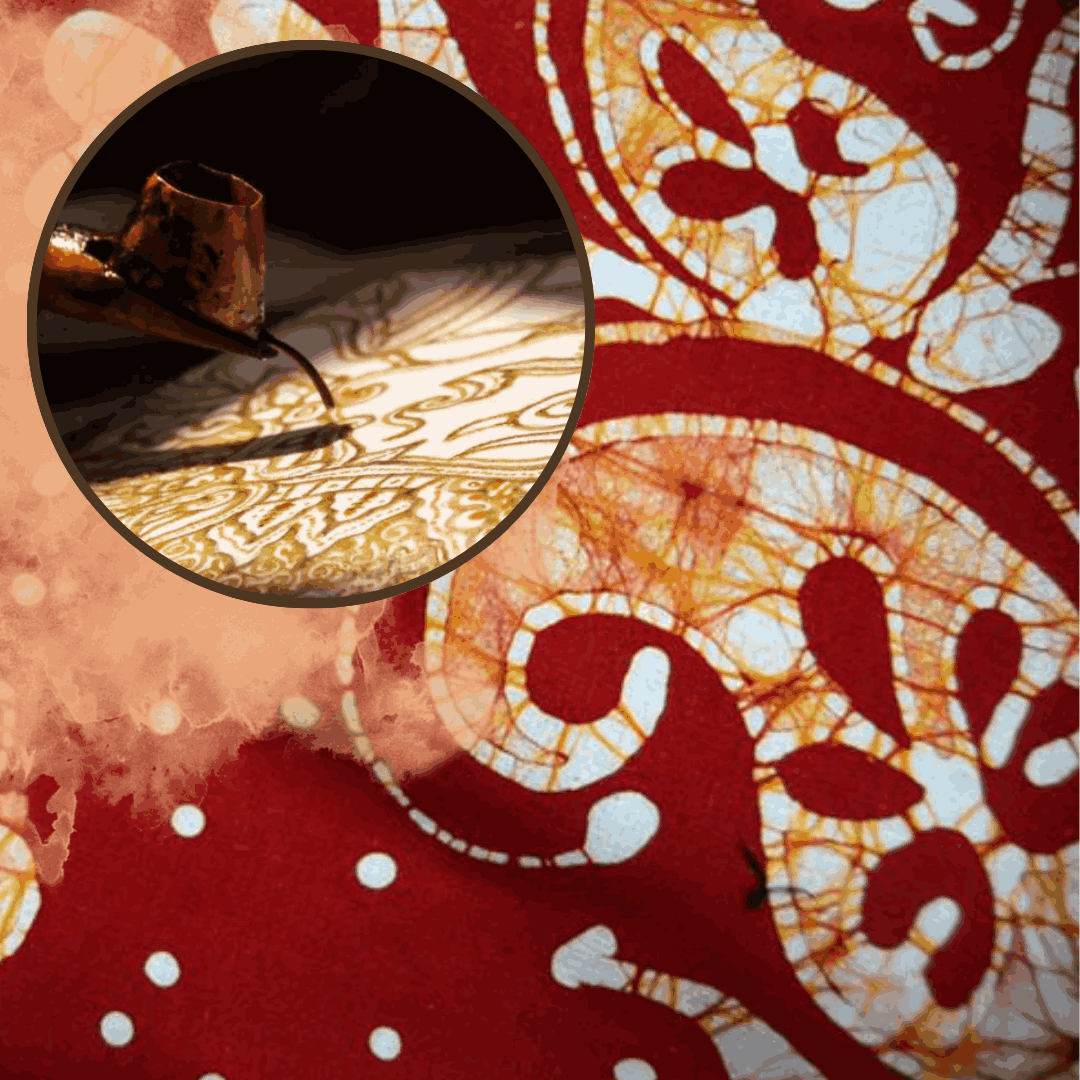
Anuprerna's Batik Print Collection
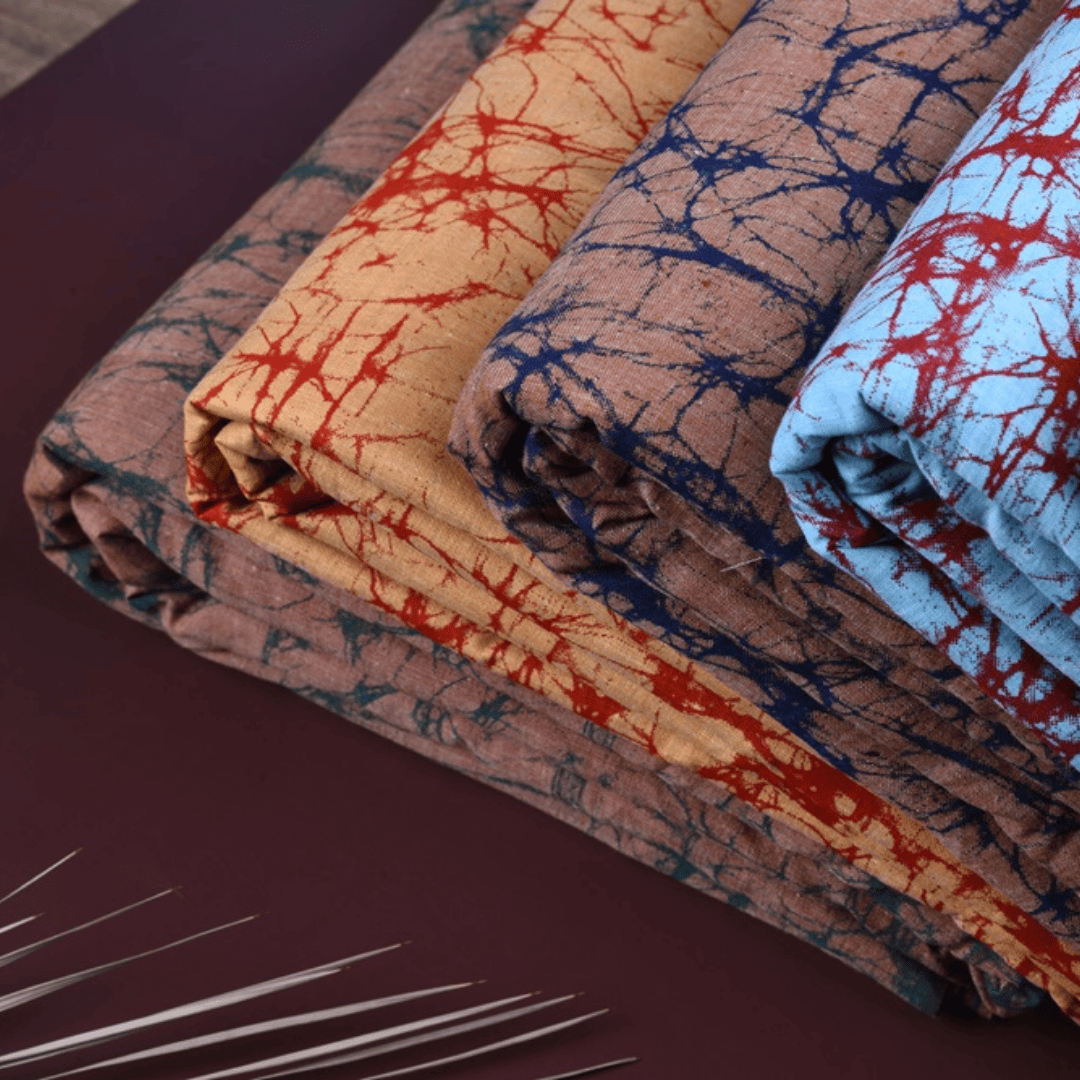
Our batik textiles are printed using wax-resist techniques by clusters in Eastern India. No two pieces are ever alike, making them perfect for artisanal storytelling.
The crackled textures and color gradations bring a unique character to every product.
Use Cases:
- Statement dresses and kaftans
- Soft furnishings with painterly flair
- Artistic brand collaborations
3. Textile Digital Printing: Precision Meets Possibility
What it is: Designs are created digitally on a computer. A modern, inkjet-based printing method where designs are digitally printed directly onto fabric, much like a paper printer. This Textile Digital Printing Technology emerged in the late 20th century and has rapidly evolved.
Why it stands out:
- Enables photo-quality precision and complex patterns
- Ideal for short runs and rapid prototyping
- Minimal water usage compared to traditional printing
- Faster turnaround for design experimentation
Where it fits:
Perfect for brands looking for low-MOQ customization, rapid seasonal drops, or intricate detail that’s hard to achieve manually.
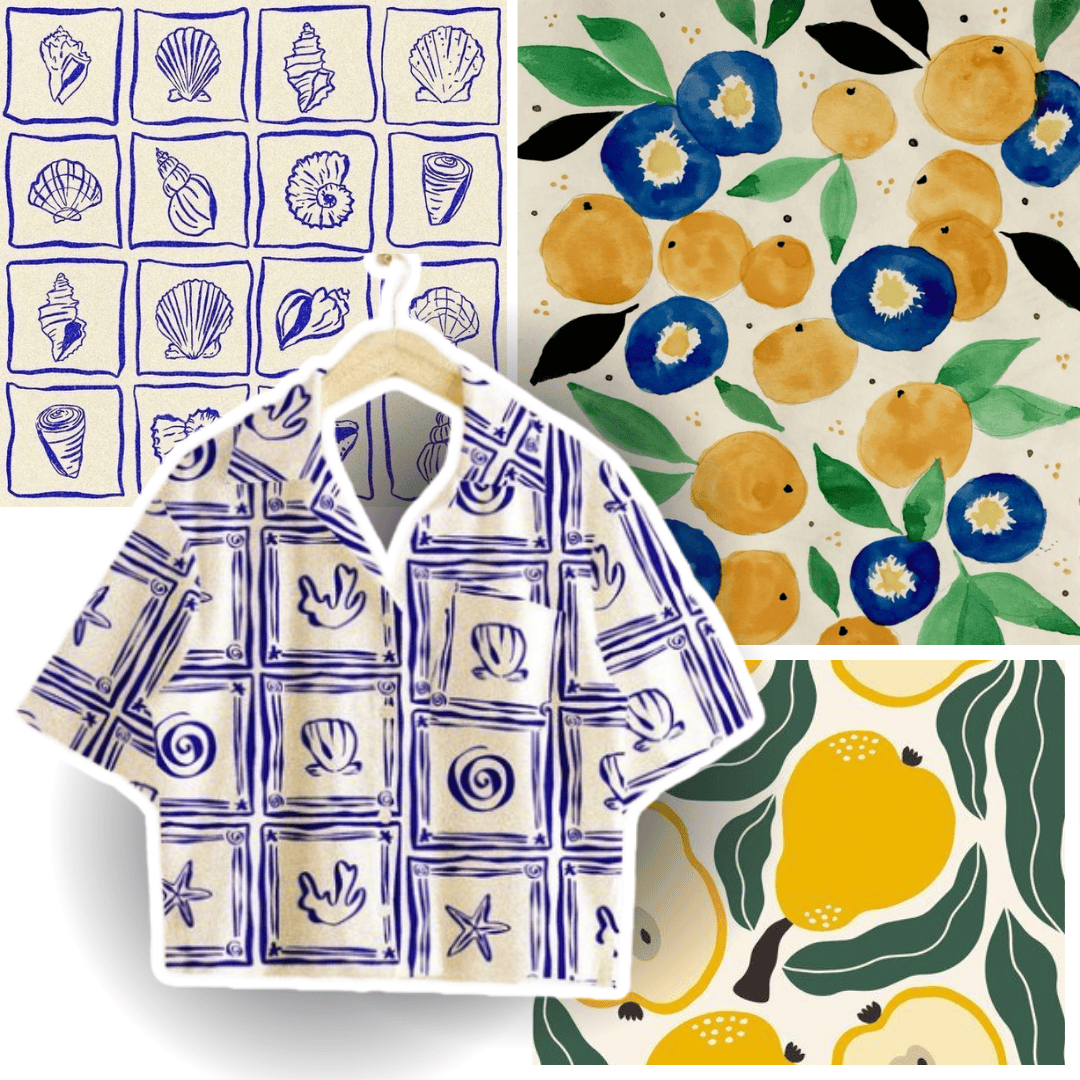
Our Textile Digital Print Collection
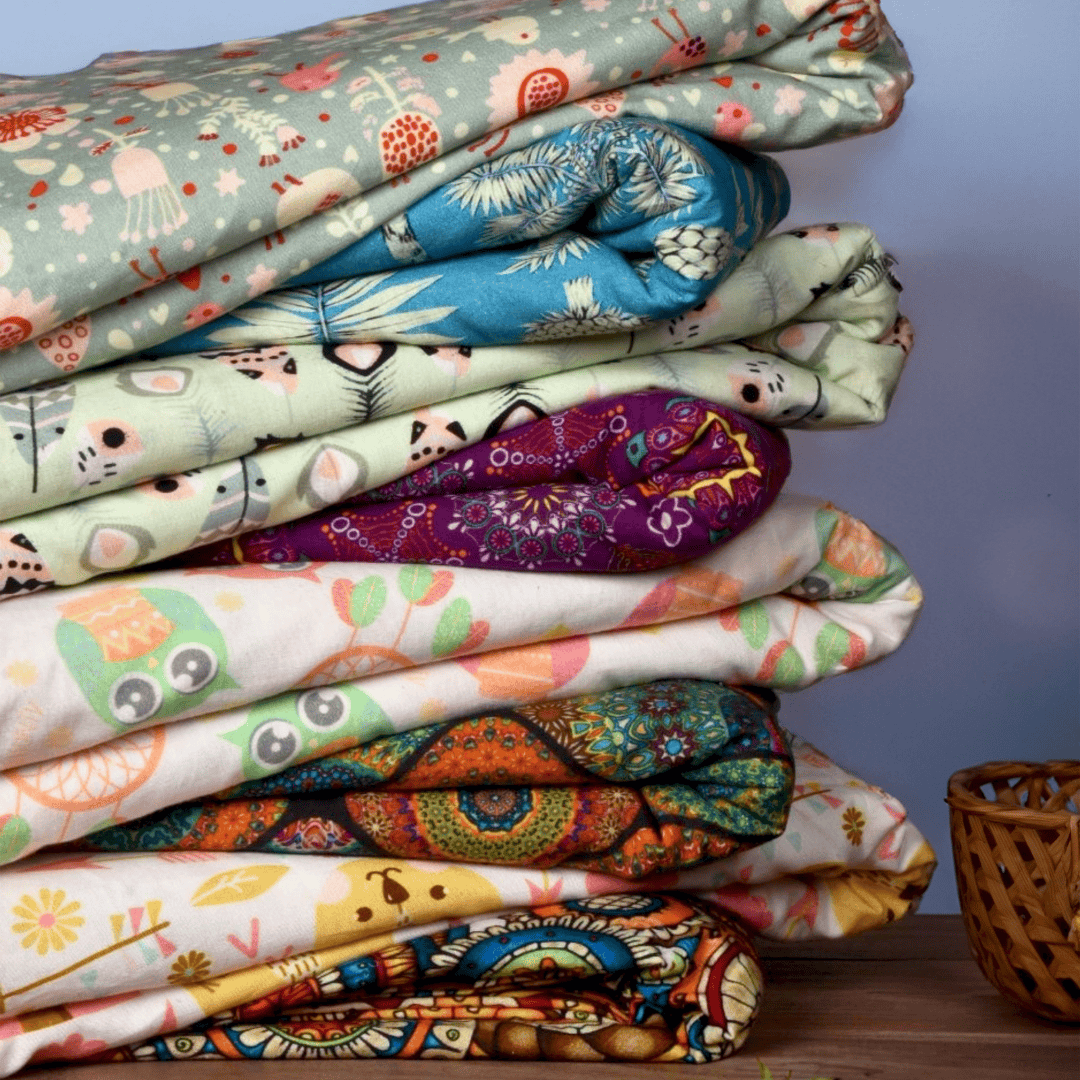
Our digitally printed collections allow designers to translate artwork and brand motifs directly onto natural base fabrics like handwoven cotton or silk blends.
We use low-water inks and offer quick sampling, ideal for evolving trend-driven or limited-edition collections.
Use Cases:
- Custom apparel & resort wear
- Branded scarves & accessories
- Small-batch home textiles (like printed cushion covers or table runners)
4. Screen Printing: Bold, Consistent & Scalable
What it is: Screen printing, also known as silkscreen printing, evolved from ancient stenciling techniques. It gained significant popularity in the 20th century due to its versatility and ability to produce vibrant, bold designs.
A technique where ink is pressed through a mesh screen onto fabric, using a stencil to block parts of the design.
Why it stands out:
- Sharp, opaque color application—great for bold motifs
- Works well for both hand and machine processes
- Excellent consistency across larger volumes
Where it fits:
Great for branding, graphic tees, or home textiles where color clarity and durability matter.
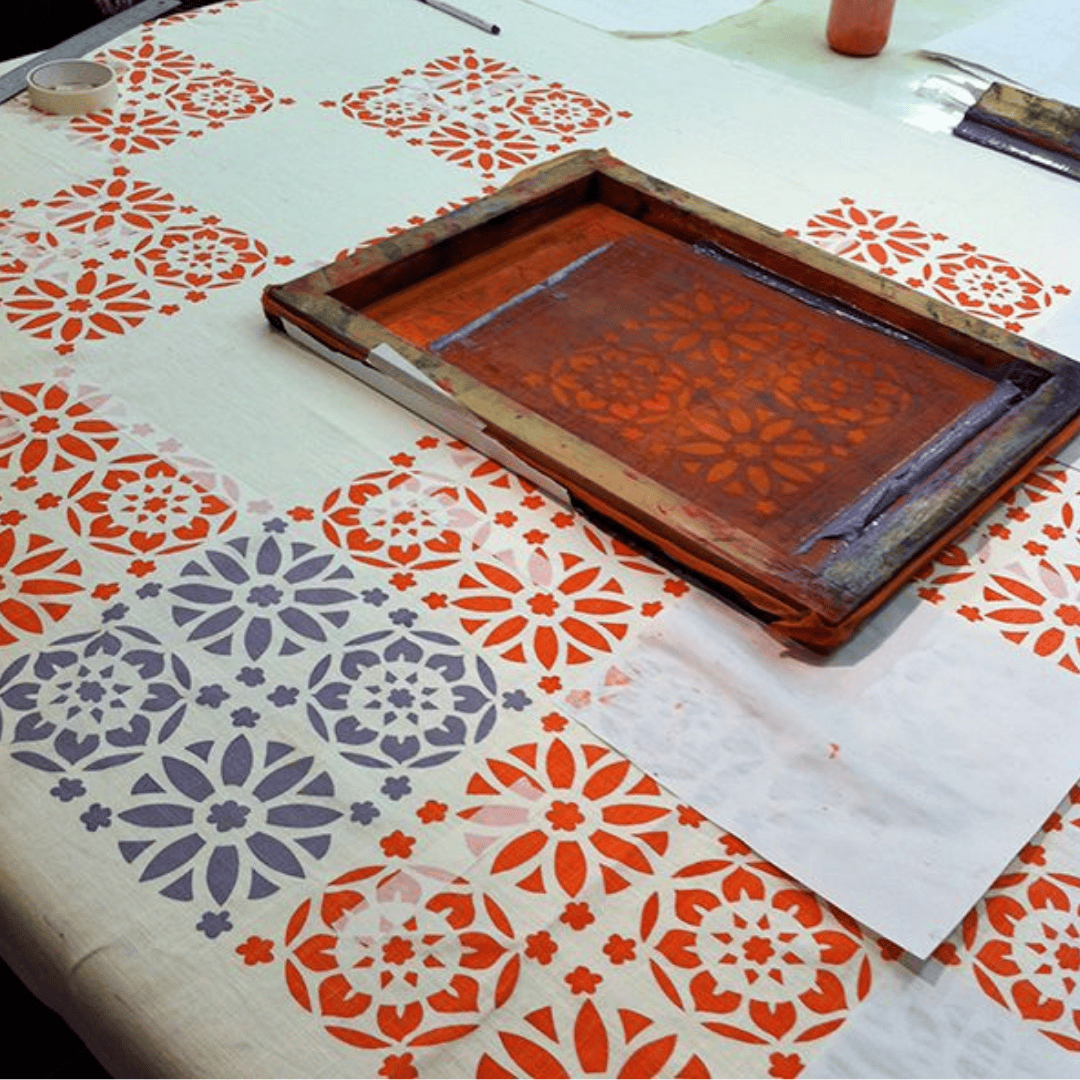
Anuprerna's screen printing Collection
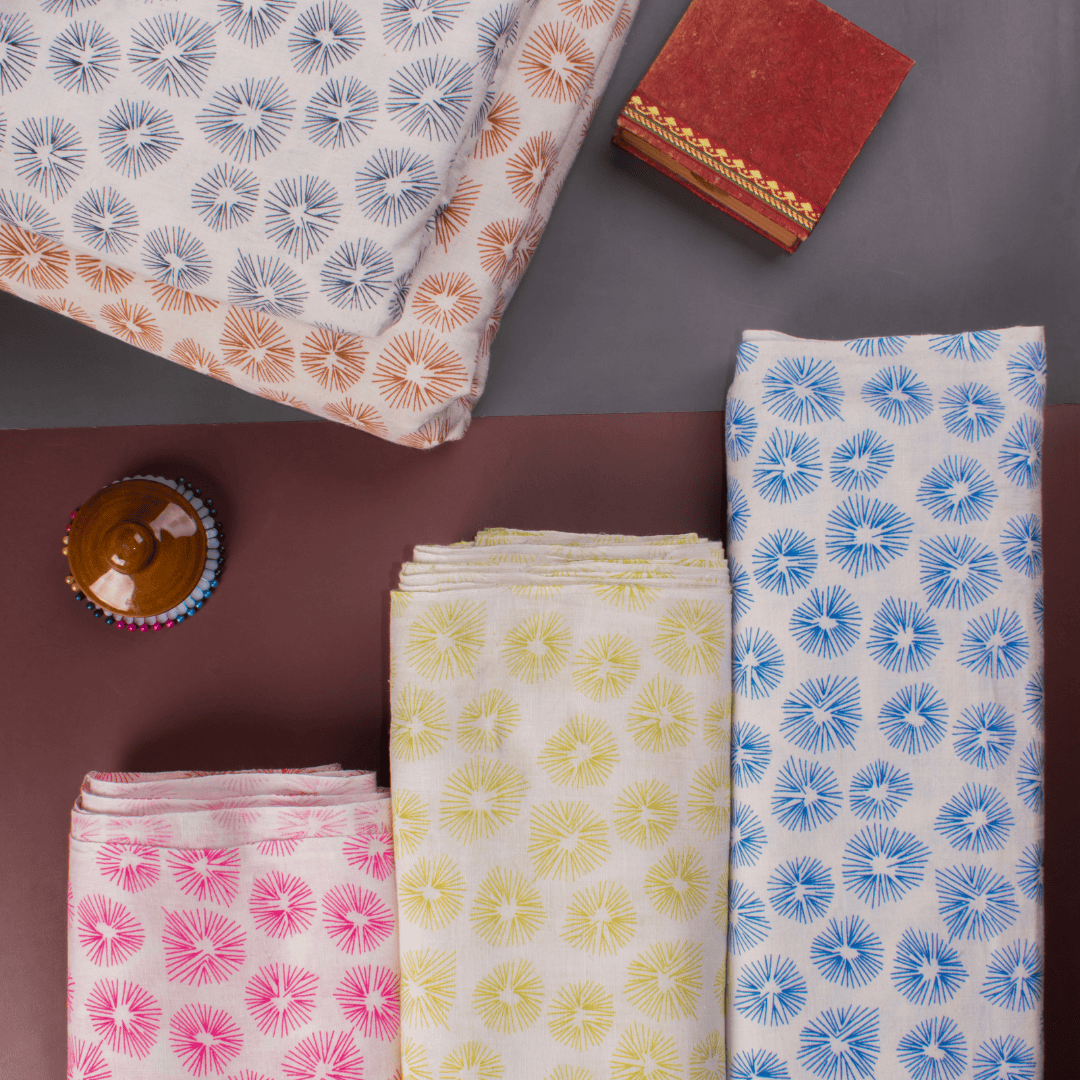
We offer both hand-screened and semi-automated screen printing on sustainable base fabrics.
This method is ideal for bolder motifs, logos, or repeat patterns where sharp color is key—while still keeping artisanal production in focus.
Use Cases:
- Capsule collections with brand-specific graphics
- Retail-ready fashion & home lines
- Bold visual storytelling in accessories
Conclusion
Each technique carries a different aesthetic, environmental, and cultural footprint. Where digital print excels in speed and complexity, hand block printing and batik bring soul, texture, and heritage. Screen printing sits somewhere in between—balancing scalability with rich surface design.
Whether you’re a designer sourcing prints or a conscious buyer, understanding these differences helps you choose not just by look, but by story.
related questions
What is the difference between digital print and hand block print?
arrow_drop_downDigital printing uses inkjet technology to transfer designs directly onto fabric—great for high-detail and customized designs. Hand block printing, on the other hand, is a manual process where artisans use carved wooden blocks and natural dyes to create patterns with a handmade touch and traditional charm.
Are all printing techniques offered by Anuprerna sustainable?
arrow_drop_downYes. Whether it's low-water digital printing or hand block printing with azo-free or natural dyes, all our methods are chosen for their low environmental impact and ethical production. We work directly with artisan communities to ensure fair practices across all techniques.
Can I customize prints with Anuprerna?
arrow_drop_downAbsolutely. We offer custom design development across all methods—digital, screen, block, and batik. Our team can help translate your brand’s vision into print, while ensuring the process stays aligned with sustainable and low-MOQ production.
Which printing technique is best for apparel vs home decor?
arrow_drop_downApparel: Digital prints (for detail), batik (for flowy silhouettes), and hand block (for texture) Home Decor: Screen printing (bold repeats), hand block (heritage appeal), or digital (logo-based customizations)
More Blogs

understanding mulberry silk quality: what designers often miss and why it matters
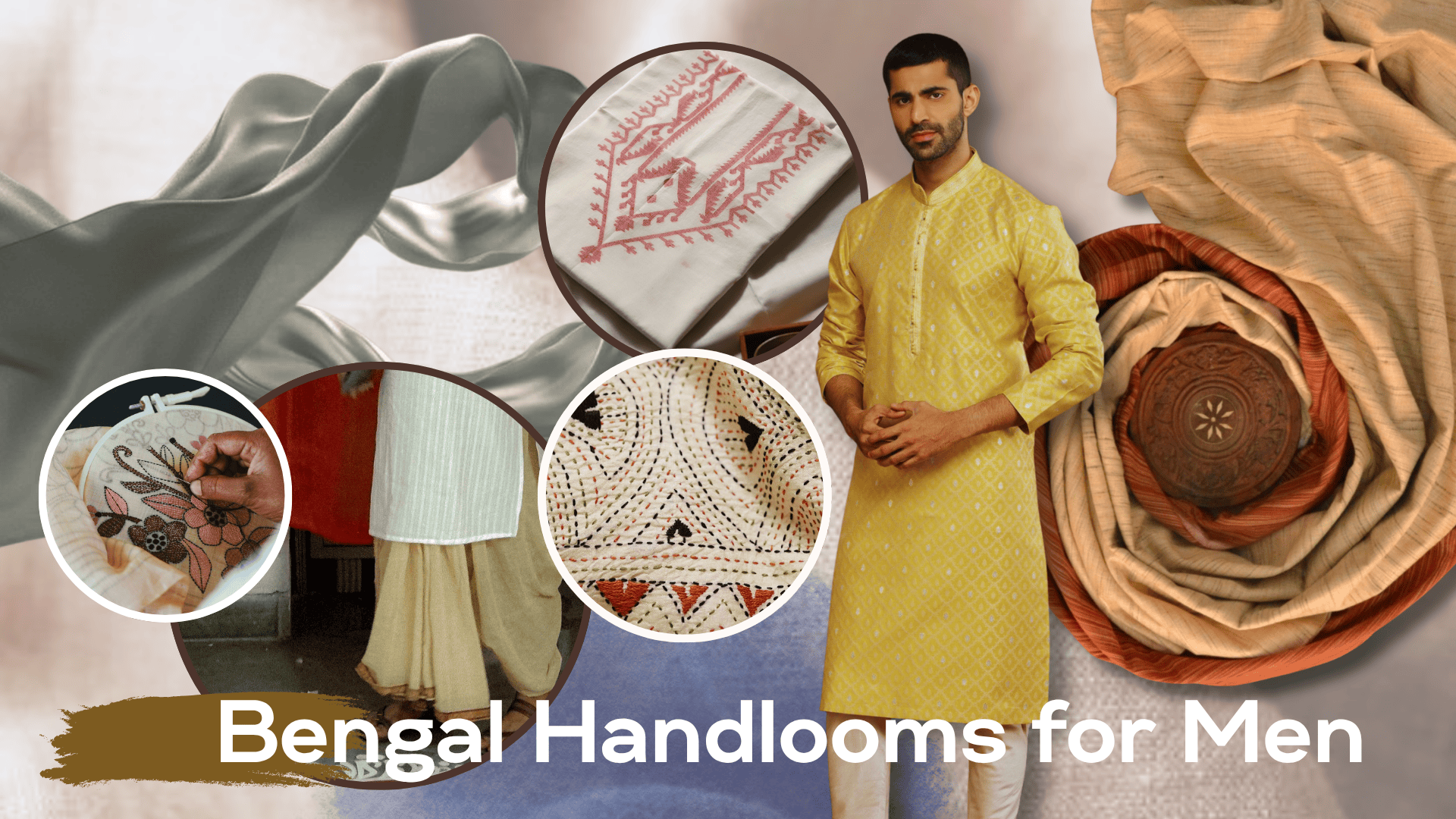
bengal looms for men: beyond the kurta
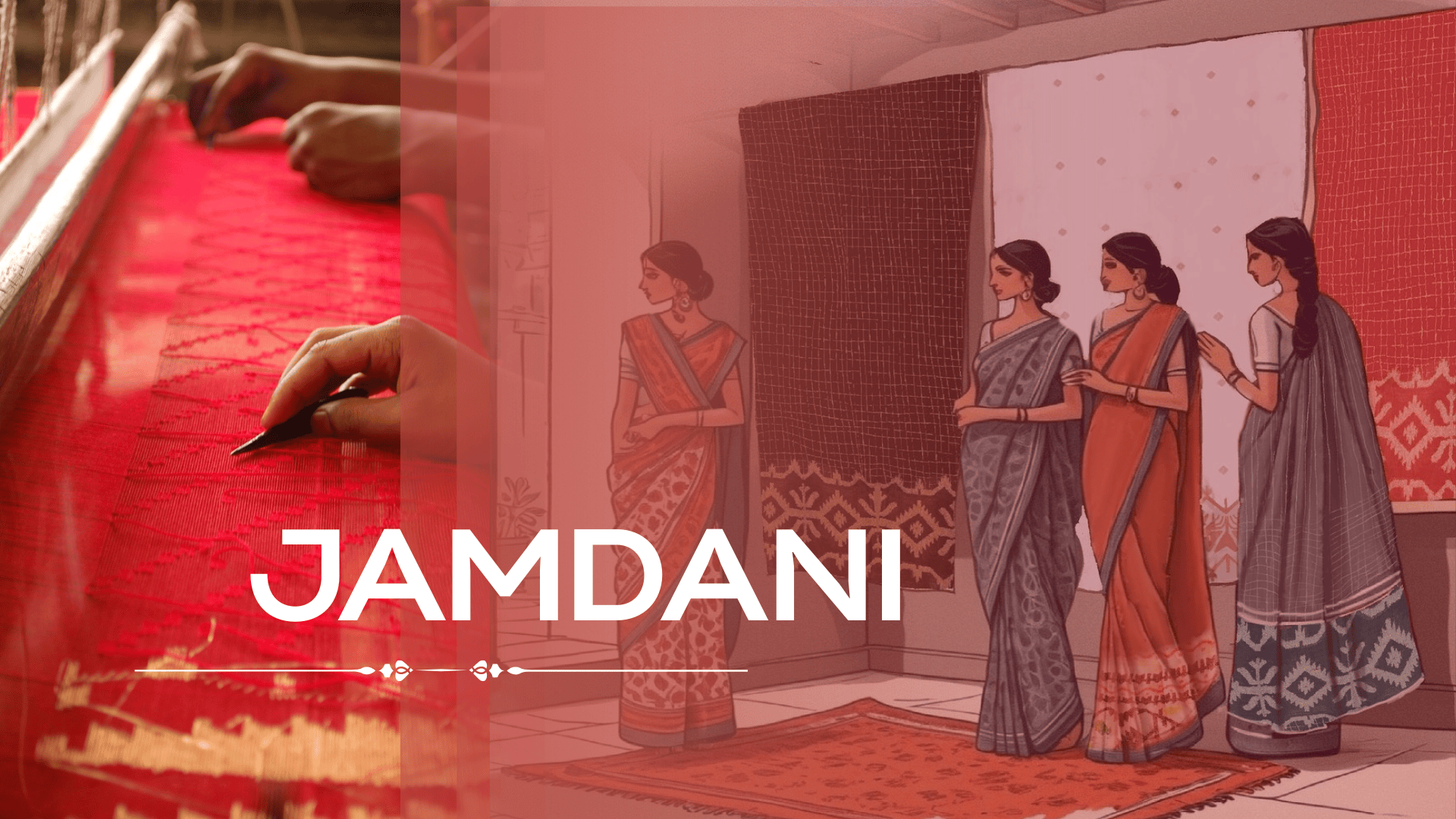
jamdani magic: why this weave is unesco-recognized as cultural heritage
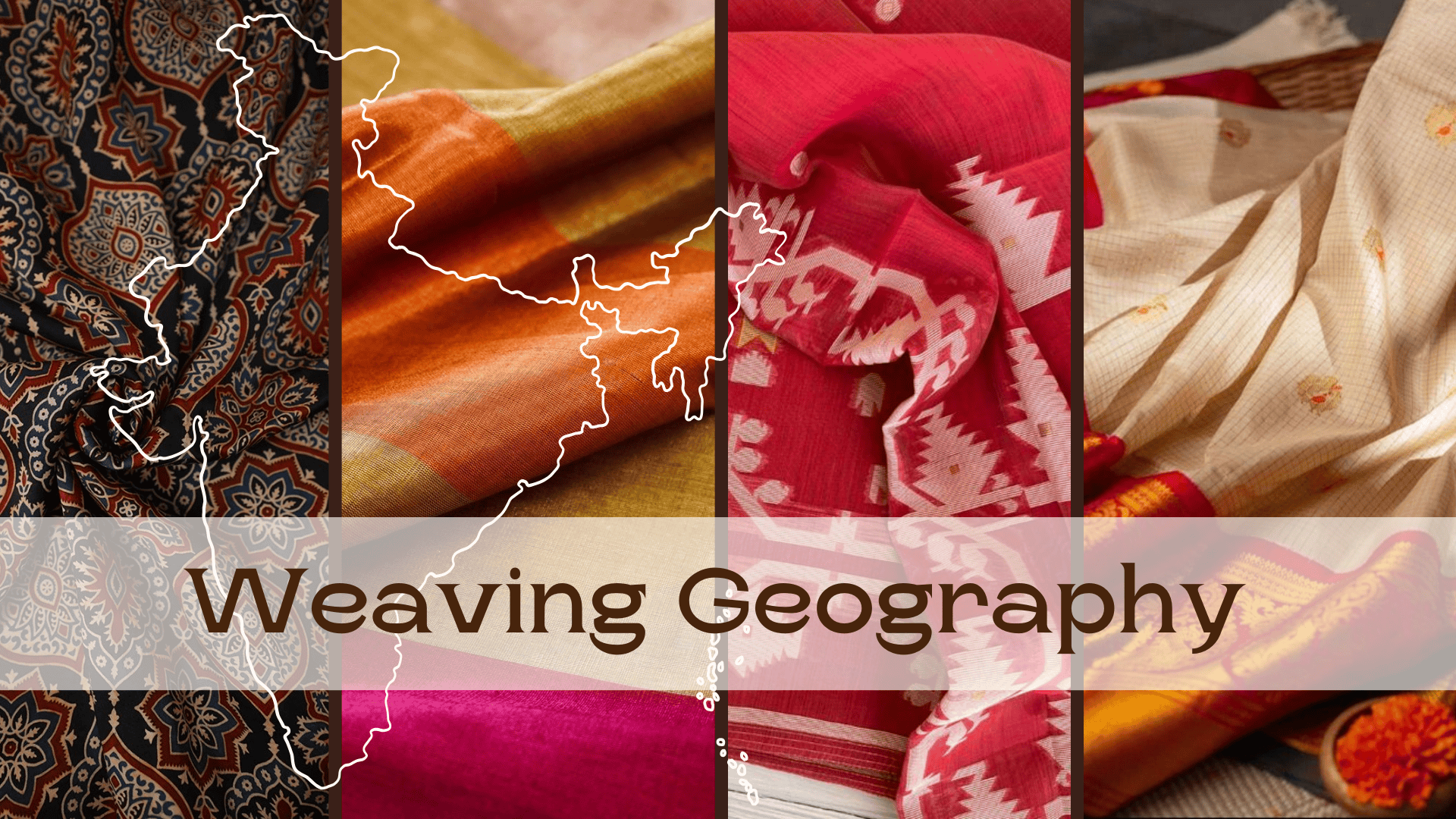
weaving geography: which district is known for which handloom fabrics
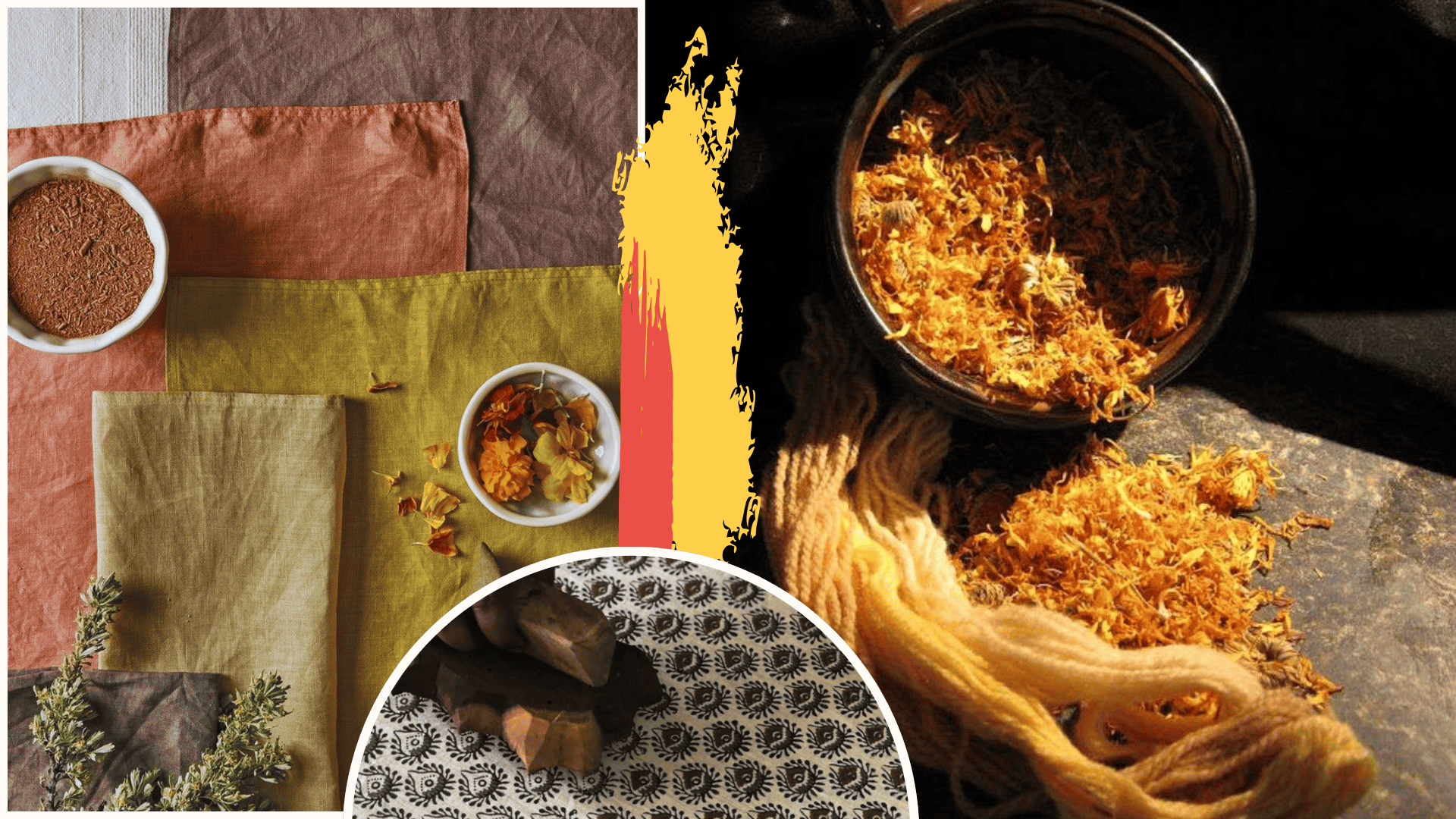
the ultimate guide to naturally dyed and block printing textiles
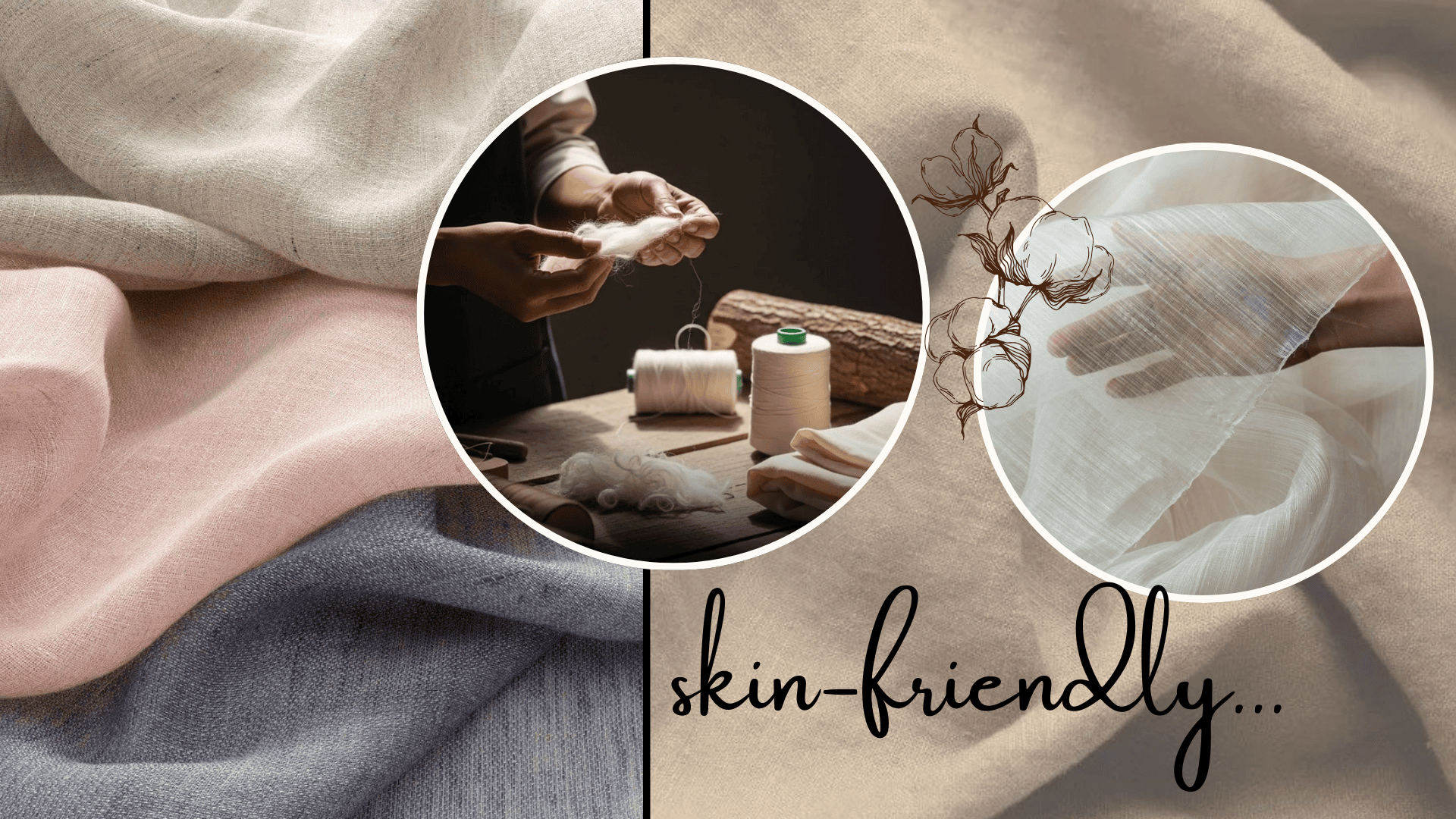
why skin-friendly textiles are the next luxury in fashion
